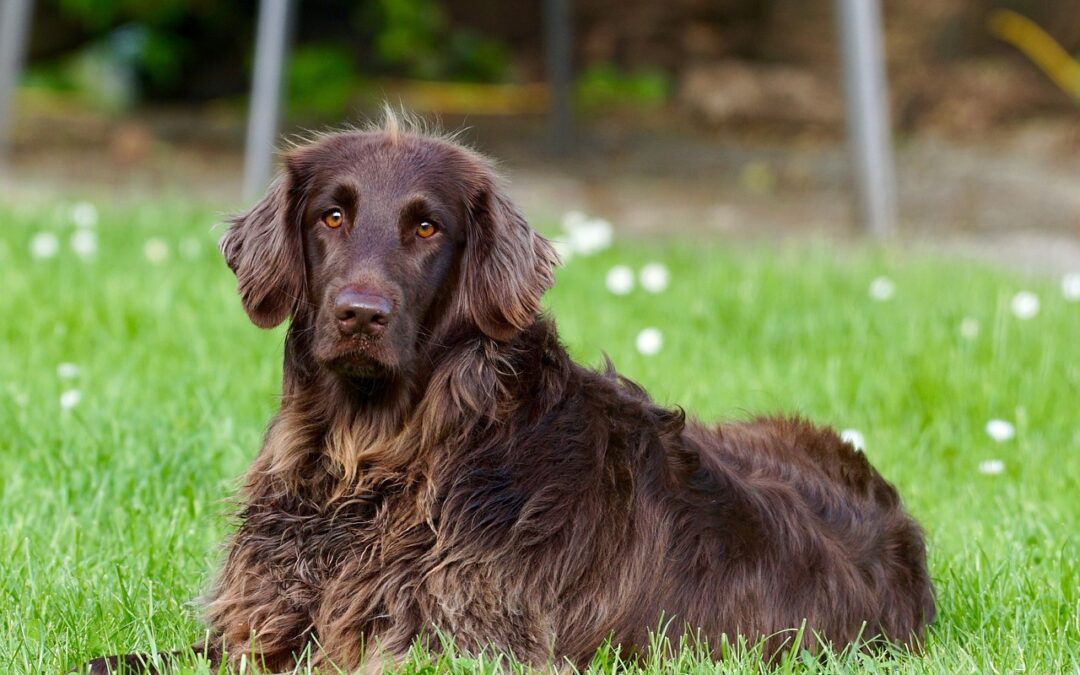What are Cranial Cruciate Ligament Tears in Pets?
When observing a sports event, it is likely that you cringe when witnessing an athlete falling and grasping their knee. It is commonly known that this action often indicates a tear in the anterior cruciate ligament (ACL), which is a crucial ligament responsible for stabilizing the knee.
Did you know that a similar knee ligament tear can occur in pets? Despite being referred to by a different name, namely the cranial cruciate ligament (CCL), the issue remains the same.
What is a cranial cruciate ligament tear in pets?
The cranial cruciate ligament connects the femur (thigh bone) to the tibia (shin bone) and plays a vital role in stabilizing the knee joint. When the CCL experiences a rupture or tear, the shin bone moves forward away from the femur while the pet walks, resulting in instability and discomfort.
How does the cranial cruciate ligament become damaged in pets?
Various factors contribute to the rupture or tear of the CCL in pets, including:
- Degeneration of the ligament
- Obesity
- Poor physical condition
- Genetics
- Skeletal shape and configuration
- Breed
In general, a CCL rupture occurs due to gradual degeneration of the ligament over several months or years, rather than an acute injury to a healthy ligament.
What are signs of a cranial cruciate ligament tear in pets?
A CCL tear, especially a partial tear, can manifest with signs of varying severity, making it challenging for pet owners to determine if their pet requires veterinary care. However, a CCL rupture necessitates medical attention, and it is crucial to schedule an appointment with our team if your pet exhibits the following signs:
- Pain
- Stiffness
- Lameness in a hind leg
- Difficulty standing after sitting
- Difficulty during the sitting process
- Difficulty jumping into the car or onto furniture
- Reduced activity level
- Muscle atrophy in the affected leg
- Decreased range of motion in the knee
How can a torn cranial cruciate ligament be repaired?
The treatment for a torn CCL depends on factors such as your pet’s activity level, size, age, and the degree of knee instability. Generally, surgery is the recommended option, as it allows for permanent management of the instability through osteotomy or suture-based techniques. However, medical management may also be considered.
If your pet limps on a hind leg, it is possible that they have torn their cranial cruciate ligament. Please contact our team to schedule an orthopedic examination.

